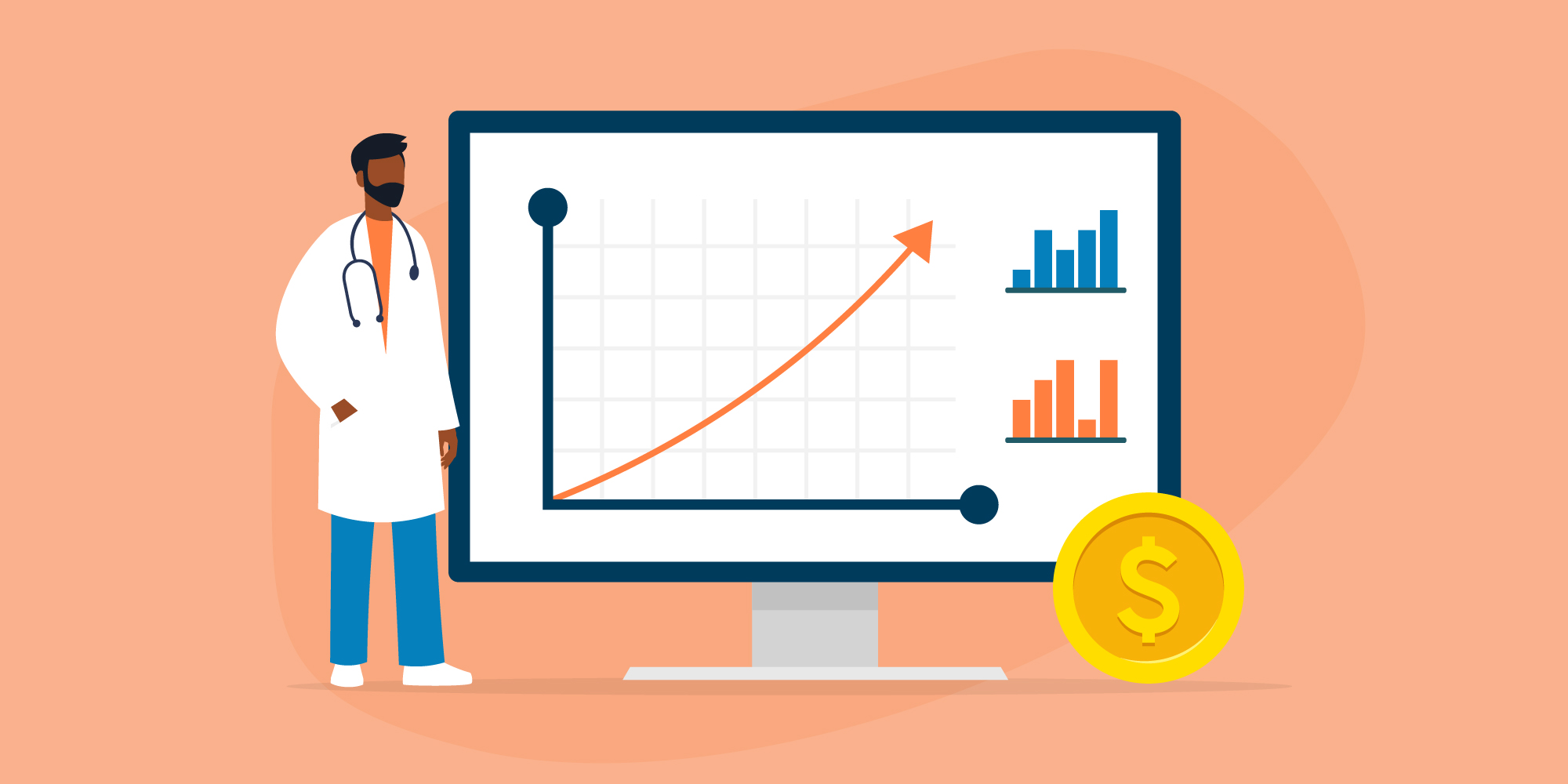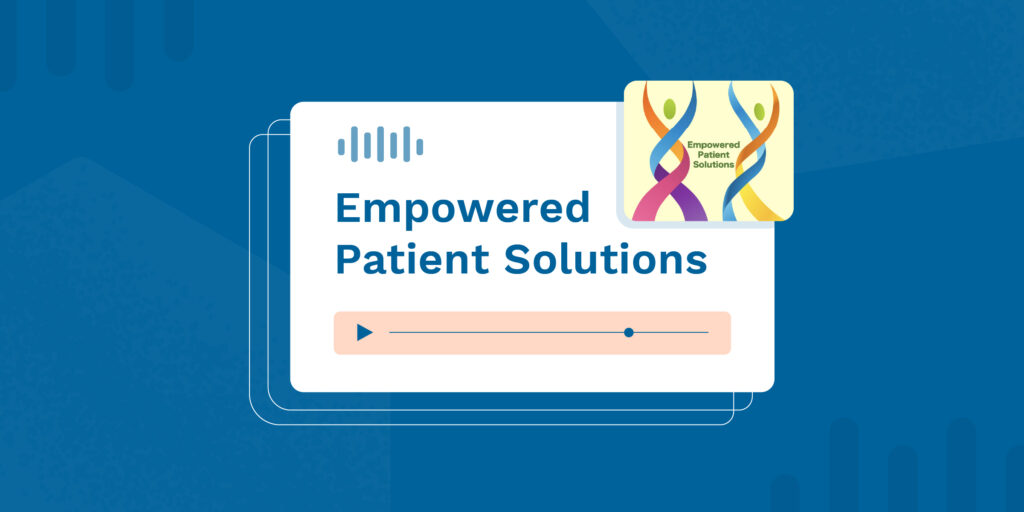Let’s face it: most physicians would rather spend their time working with patients than managing and running their healthcare business. With the general workforce—healthcare included—dwindling in 2022, medical business owners are facing even more challenges than normal.
A recent study published by the Mayo Clinic found that one in three physicians intended to reduce clinical work hours within one year and one in four physicians intended to leave their current practice within the next two years due to increased stress, increased workload, and employee burnout surrounding the COVID-19 pandemic.
With more pressure on physicians and increasingly limited resources, healthcare technology can serve as a powerful augmentation tool to streamline revenue cycle management (RCM) and boost the financial performance of healthcare practices.
Research from the Association of Medical Colleges suggests that by 2034, the U.S. could face a shortage of 37,800 to 124,000 physicians while workload is increasing due to an influx of an “aging population, leading to greater demand for healthcare services.” By automating RCM processes and workload, an intuitive system decreases burnout and workload, and allows physicians to return their focus on patient care.
Back to Basics: What Is RCM?
Revenue Cycle Management (RCM) is the end-to-end financial process that tracks revenue within an organization. This process consists of many steps, including charge capture, claim submission, eligibility verification, denial management, and more; in general, it begins at registration and appointment scheduling and continues through the final balance payment. The process can be fraught with complications and errors, which can delay reimbursement and keep payments tied up. A well-maintained RCM is essential for any healthy organization, and medical billing software is the engine for improvement. Here’s how to reduce bottlenecks at every step:
- The RCM process begins with pre-registration, which is a critical part of creating the patient account that details personal information such as name, contact information, medical history, and insurance coverage. Ensuring that this information is collected and entered correctly reduces potential denials due to medical errors. One in five patients reported reading a mistake within care notes, and 40% reported the mistake as serious.
- After a patient encounter is complete, the healthcare provider must capture the charge and create a claims submission. Taking clear, legible notes is essential to accurately and automatically transfer to the medical biller/coder.
- Within the claim, the provider must match the corresponding billing code for treatment. Selecting the appropriate ICD-10 or CPT code is critical to prevent denials.
- Claims can be submitted automatically, in batches, split, with a superbill, and more. A practice typically works with an independent biller, billing company, or an in-house billing department to submit the claim to a clearinghouse like Change Healthcare.
- The practice’s responsibilities do not end once the claim is submitted. The organization still needs to oversee and monitor reimbursements and collect anything that insurance does not cover. This includes communicating with the patient by notifying, processing, and collecting payments.
- The practice should also use denial management features to monitor for claim denials. Claims may be denied for improper coding, missing patient health information, or even incomplete patient accounts. Claims scrubbing tools automatically detect and eliminate errors by measuring them against payer rules, internal practice rules, and any coding or billing updates. This could lead to a lengthy negotiation process, and practices should be prepared to be diligent with follow-up as claims can go back and forth between payers and providers for months.
- Once a claim has been submitted and reviewed, payment is posted and available to the patient via invoice or online portal. Keep in mind that patients may not always have the funds to pay medical bill balances immediately or completely. Consider implementing a sliding fee schedule if you cater to a low-income demographic or patient group. Your practice should be prepared to communicate transparently with patients at every stage of the process to ensure receiving payment in full for services as quickly as possible.
Automated Software Improves Your Revenue Cycle Management
With changing regulations, healthcare workforce volatility, and financial hardship for patients, it can be difficult to ensure stable revenue cycle management in your healthcare practice. Keeping up with the revenue cycle when bills have been in negotiation for months can create serious backlogs. Patient follow-ups can also be a huge expense of time for administrative staff.
RXNT’s cloud-based medical billing software can automate many of these tasks and help even an independent physician run their entire practice. The software improves communication between the provider, administrator, biller, and insurance by keeping a clear record of claims throughout billing lifecycles and sets automatic reminders and notifications to collect payments and address claim denials. Plus, robust, customizable reporting helps practices stay on top of the revenue cycle.
On the patient side, technology that facilitates transparency builds trust and ensures accuracy in billing and collection. By providing resources within the Patient Portal such as appointment scheduling, secure messaging, automatic reminders, and online patient bill pay, everyone can stay on the same page with transparency and ease.
All of these features contribute to better communication and easier experience, ultimately facilitating an improved, steady stream of revenue for your practice. If your practice needs to improve revenue cycle management and immediately make a difference to your bottom line, get a live demonstration to see how an integrated medical billing software can improve your business.




